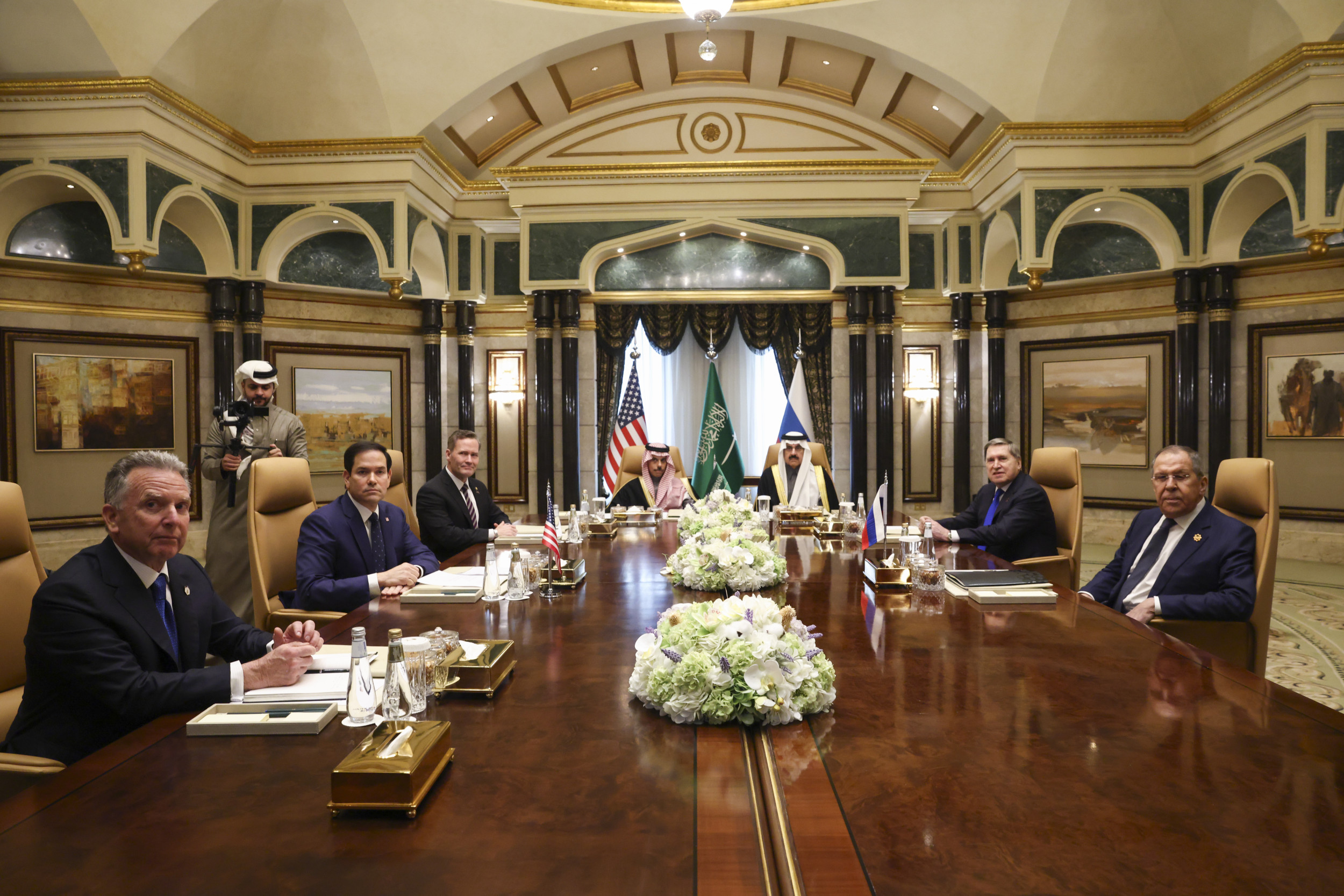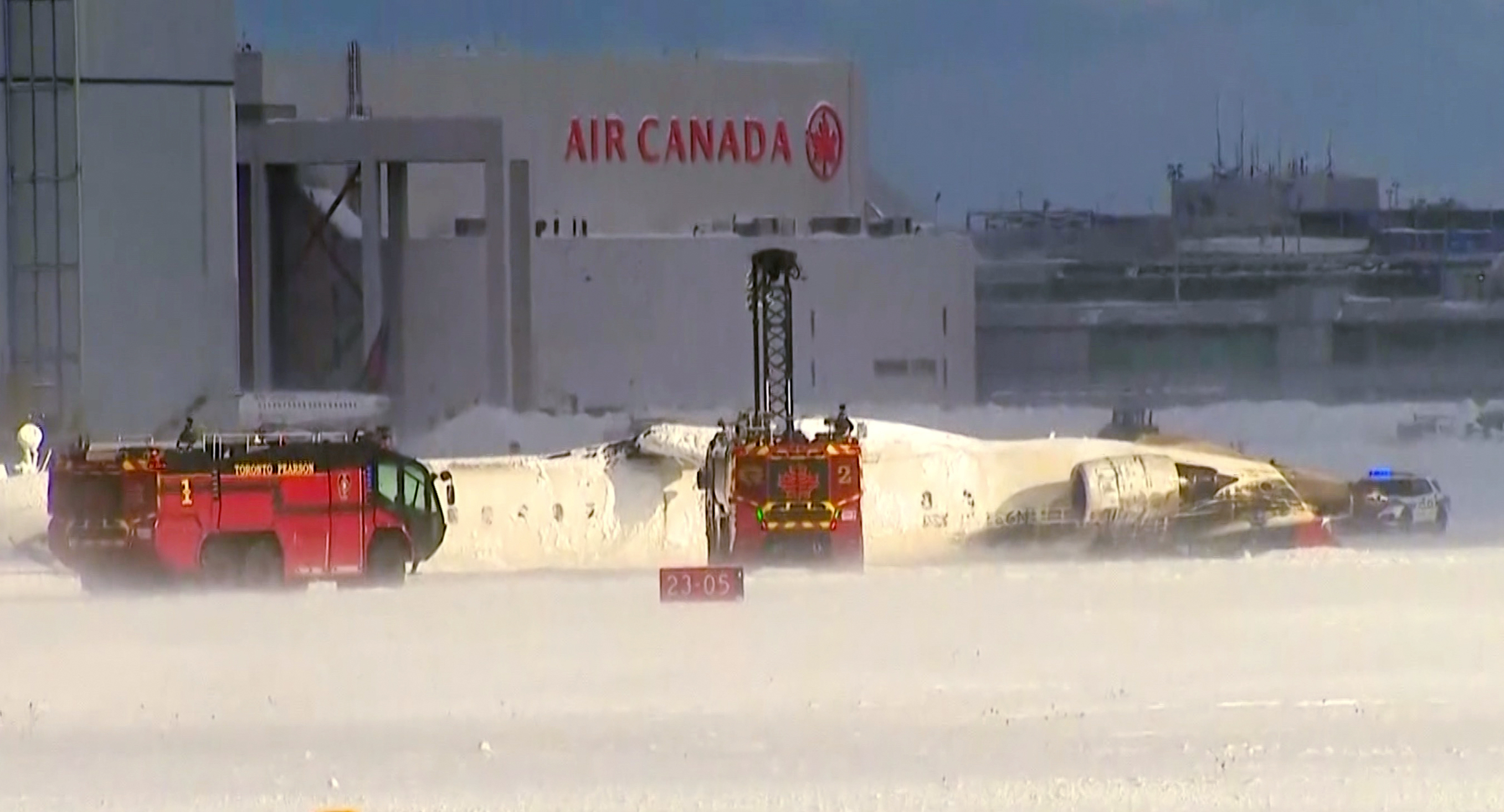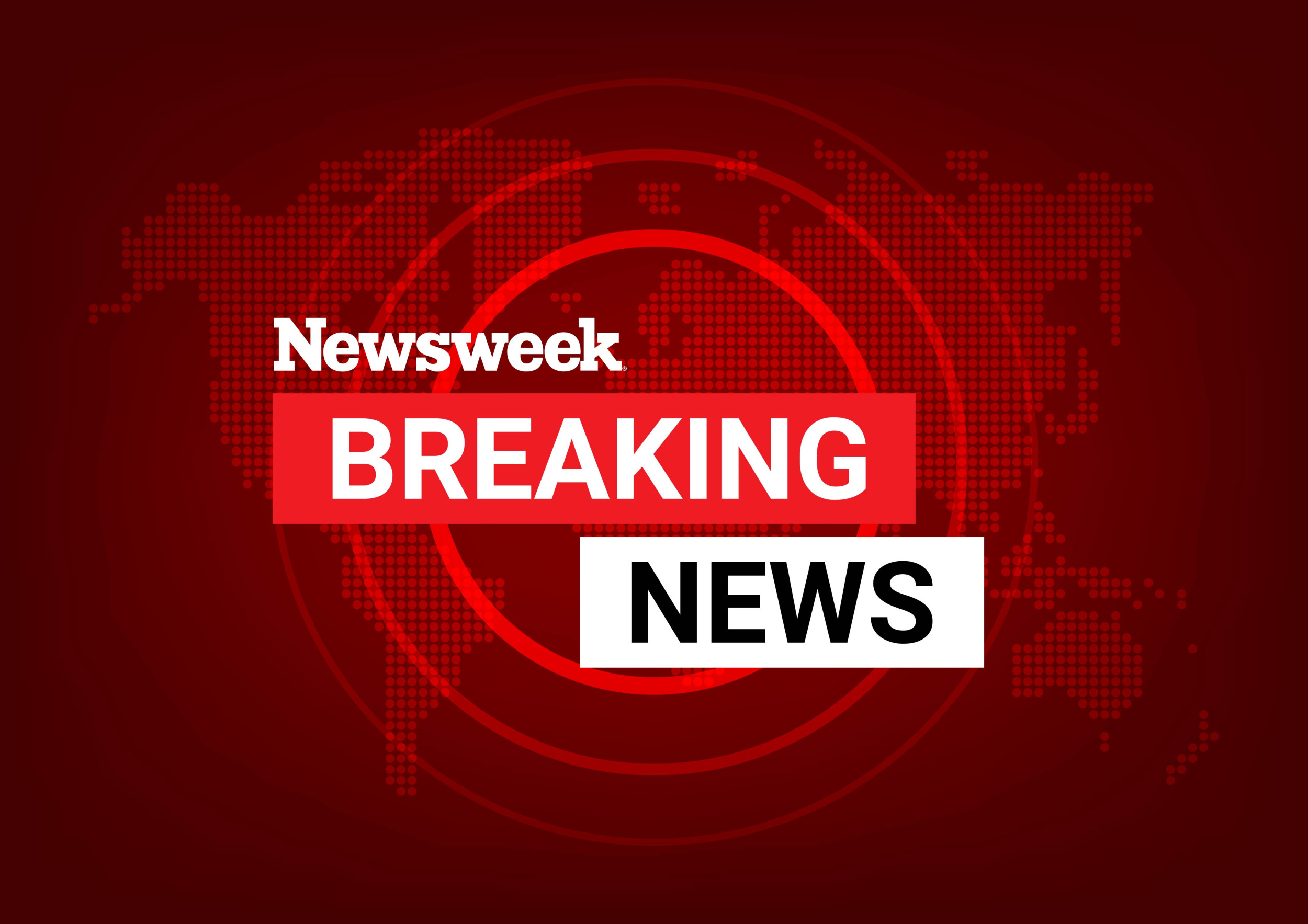As Donald Trump makes his return to the White House, he is poised to shatter long-held taboos, particularly those surrounding territorial expansion. Trump has, for example declared the acquisition of Greenland an "absolute necessity" for U.S. national security, boldly challenging Denmark's legal claim to the Arctic island and insinuating that, if such a claim holds, Copenhagen must relinquish control for the greater good of the United States—and by extension, the West. Trump has also referred to Canada as the 51st state, spoken of reclaiming the Panama Canal, and even suggested renaming the Gulf of Mexico the Gulf of America—remarks that are seen as part of his negotiation playbook.
Yet when it comes to Greenland, the discourse transcends concessions on immigration, trade, or Chinese influence and focuses on the bold prospect of territorial expansion, a fact that Danish officials are treating with the gravity it deserves. This new seriousness was unmistakably reflected in the Danish foreign minister's remarks. "We are open to a dialogue with the Americans on how we can possibly cooperate even more closely to ensure that the American ambitions are fulfilled," Foreign Minister Lars Lokke Rasmussen stated—a response that, in its measured tone, signals the deepening seriousness with which Denmark now regards this bold shift in U.S. foreign policy.
The idea of acquiring Greenland is not a recent development; it has been part of American diplomatic discourse since the 19th century. In 1867, Secretary of State William H. Seward, fresh from his triumph in negotiating the purchase of Alaska from Russia, sought to add Greenland to the American fold. U.S. interest in Greenland persisted throughout the 20th century. In 1910, the U.S. made another attempt to purchase it, and in 1946, made a bid of $100 million. Denmark rejected both offers. During World War II, as Denmark succumbed to Nazi occupation, the United States intervened to ensure Greenland remained beyond the reach of Nazi Germany. In doing so, it transformed the world's largest island into a de facto U.S. protectorate, anchoring Greenland firmly in America's strategic orbit, while Washington decisively rejected any attempts by Britain and Canada to assert control over the island.
Greenland's geopolitical significance is rooted in its vast natural resources and strategic position in the Arctic. As Arctic ice continues to melt due to climate change, Greenland's rare earth minerals, oil, and gas reserves are becoming more accessible. Its prime location for new shipping routes further amplifies its growing importance, particularly as the U.S. and other nations compete for influence in the region.
The retreat of Arctic ice also opens new shipping lanes that could reshape global trade patterns. These include the Northwest Passage, which weaves through Canada and Greenland, and the Northern Sea Route along Russia's Arctic coast. In the summer of 2018, Arctic sea ice reached its sixth-lowest level on record, signaling a trend toward an ice-free Arctic in the coming decades. For shipping, the implications are profound: new routes could reduce travel distances between Europe, Asia, and North America by up to 50 percent, potentially bypassing the Panama and Suez Canals and slashing transit times and fuel costs.
Greenland's importance isn't just about natural resources or shipping lanes, however. It's also about countering the influence of Russia and China. Russia has been particularly active in the Arctic, revamping Cold War-era military installations, building new icebreakers, and extending its claims over parts of the Arctic seabed. In 2007, it planted a titanium flag on the Arctic seabed at the North Pole, symbolizing its claim to parts of the Arctic continental shelf. The construction of new bases, airfields, and radar installations followed. Russia now operates over 40 icebreakers—vital assets in navigating and patrolling the icy Arctic waters.

China, although not an Arctic nation, has declared itself a "near-Arctic state" and outlined plans for a "Polar Silk Road" as part of its Belt and Road Initiative. The Greenland-Iceland-UK Gap—a passage critical during the Cold War for NATO's surveillance of Soviet submarines—has also re-emerged as a military chokepoint. Greenland's proximity to the gap and the Northwest Passage enhances its role in monitoring Russian naval activities in the Arctic.
Greenland's 2009 Self-Government Act and 2024 foreign, security, and defense policy strategy reveal a growing desire for independence from Danish control. However, the island's reliance on Danish subsidies remains a significant barrier to full independence. Amid Greenland's rising geopolitical importance, the United States could take decisive steps to secure the island's future as a vital partner in the North Atlantic and Arctic regions. Rather than pursuing outright annexation, this could unfold through a series of strategic measures that draw Greenland closer to the U.S. sphere over time.
A likely first step could involve supporting Greenland's drive for independence from Denmark, a movement that is already gaining momentum. The U.S. might step in to stabilize Greenland's public finances post-independence, particularly considering that Denmark currently funds over half of the island's public budget and around 20 percent of its GDP ($3.24 billion). In this scenario, the United States could extend an arrangement that allows Greenland to preserve its sovereignty while subtly drawing it into the American fold.
The U.S. has long employed this framework with small Pacific island states—Micronesia, Palau, and the Marshall Islands—using the model of Compacts of Free Association (COFAs). The U.S. grants Compact nations access to domestic programs such as disaster recovery, Pell Grants, and services from agencies like the FAA, FCC, and National Weather Service while benefiting from near-duty-free imports despite being outside the U.S. customs area. Citizens of Compact states can live and work in the U.S., and vice versa, with Medicaid benefits. The COFA also allows the U.S. to station armed forces and establish military bases, excluding foreign militaries without U.S. approval, while the U.S. assumes responsibility for the defense of the island.
Greenland could follow the COFA model, gradually drawing the island into the fold, and then extend an offer to join the UMCA trade agreement, solidifying its position within the American-led North American system. As Kaush Arha, Alexander Gray, and Tom Dans have suggested, a COFA could offer a pragmatic framework for how the administration might confront the Greenland question.
Should the Trump administration proceed with bringing Greenland into the American fold—whether through a COFA, UMCA, or other mechanism of integration, or even full acquisition—it would mark the first territorial expansion of the American republic since the annexation of Hawaii in 1898 and its eventual statehood in 1959. Such a move would not only be historically unprecedented as a land acquisition, but it would also resurrect a long-dormant tradition of American territorial expansion.
Mohammed Soliman is a global strategy advisor at McLarty Associates and a non-resident senior fellow in the National Security Program at the Foreign Policy Research Institute. On X: @ThisIsSoliman.
The views expressed in this article are the writer's own.



